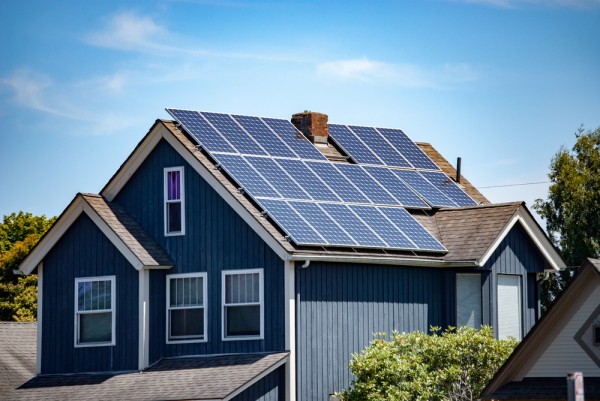How to Size a Solar Photovoltaic System for Your Home
Solar photovoltaic system or solar power system is one of renewable energy system which uses PV modules to convert sunlight into electricity. Solar photovoltaic system is very reliable and clean source of electricity that can suit a wide range of applications such as residence, industry, agriculture and livestock, etc.
With climate change threatening the global environment and constantly rising electricity prices threatening your pocketbook, there’s no better time to make the switch to a solar photovoltaic system. As technology improves, solar power is becoming more affordable and efficient, making them that much more of an attractive option for your home’s energy needs.
But before you hire a company to design and install your new solar panel system, it’s a good idea to do some homework beforehand to determine your home’s electricity consumption and PV needs for your area.
Determine power consumption demands
Collect your electricity bills for the past year so you can calculate your average monthly electricity usage. Calculating an average is essential because electricity use peaks in the hottest months due to the high air conditioning demand.
Add up the kWhs for all 12 months and divide that number by 12 to determine your average monthly energy consumption. Then divide the monthly figure by 30 to determine your daily kWh usage.
To more accurately assess your home’s electricity needs, make a list of all your appliances, listing the power consumption for each in wattage and whether it is AC or DC power. Track how many hours you use each of those appliances per week, then for each appliance, multiply the watts by the hours/week to determine the number of watt-hours per week you use each appliance.
Size the PV modules
Different size of PV modules will produce different amount of power.
1、Calculate the total Watt-peak rating needed for PV modules
Divide the total Watt-hours per day needed from the PV modules to get the total Watt-peak rating needed for the PV panels needed to operate the appliances.
2、Calculate the number of PV panels for the system
Divide the answer by the rated output Watt-peak of the PV modules available to you. Increase any fractional part of result to the next highest full number and that will be the number of PV modules required.

Solar charge controller sizing
Since a solar controller does its work in line between the solar panel array and the storage batteries, it makes sense that its selection and sizing is influenced by those components. Voltage and current are the two parameters used in solar charge controller sizing. The solar controller must be capable of accepting the maximum power produced by the solar panels while delivering the proper DC voltage and charging current to the batteries.
Battery sizing
Unfortunately the sun does not always shine, so some additional backup is required. During a nice sunny day, the solar panels can produce a lot of electrical power so to allow us to use the appliances during the night, winter time or during periods of low solar insolation, we will need batteries to access that power after the sun goes down.
A battery is not needed in case of solar on-grid system. It is needed in case of solar off-grid system or hybrid solar system.
Choose a battery with a capacity equal to or more than that of the solar panels. Battery capacity is measured in Ampere hours. Find out the Watt hours by multiplying Ampere hours and voltage of the battery.
Ex: For a 40AH, 10V battery the Watt Hours figure is 40(X) x 10(Y) = 400 WH (Z)
This means the battery should supply 400 Watts for 1hr or 200 Watts for 2 hrs i.e the more energy you take more faster the battery is discharged.
However one cannot take all the power from the battery. This is because once the voltage drops below to that of the equipment it’s supplying, it will not be able to power it.
Solar inverter sizing
An inverter is used in the system where AC power output is needed. The input rating of the inverter should never be lower than the total watt of appliances. The inverter must have the same nominal voltage as your battery.
For off-grid systems, the inverter must be large enough to handle the total amount of Watts you will be using at one time. The inverter size should be 25-30% bigger than total Watts of appliances. In case of appliance type is motor or compressor then inverter size should be minimum 3 times the capacity of those appliances and must be added to the inverter capacity to handle surge current during starting.
For grid tie systems or grid connected systems, the input rating of the inverter should be same as PV array rating to allow for safe and efficient operation.
When purchasing a solar photovoltaic system, bear in mind that warranties vary between 10 to 25 years. If you don’t have the funds to purchase a longer lasting system, make sure it will at least payback your initial investment in energy savings. Doing proper sizing of the solar photovoltaic system ensures that the system delivers optimum output as per the user requirements.



































































































